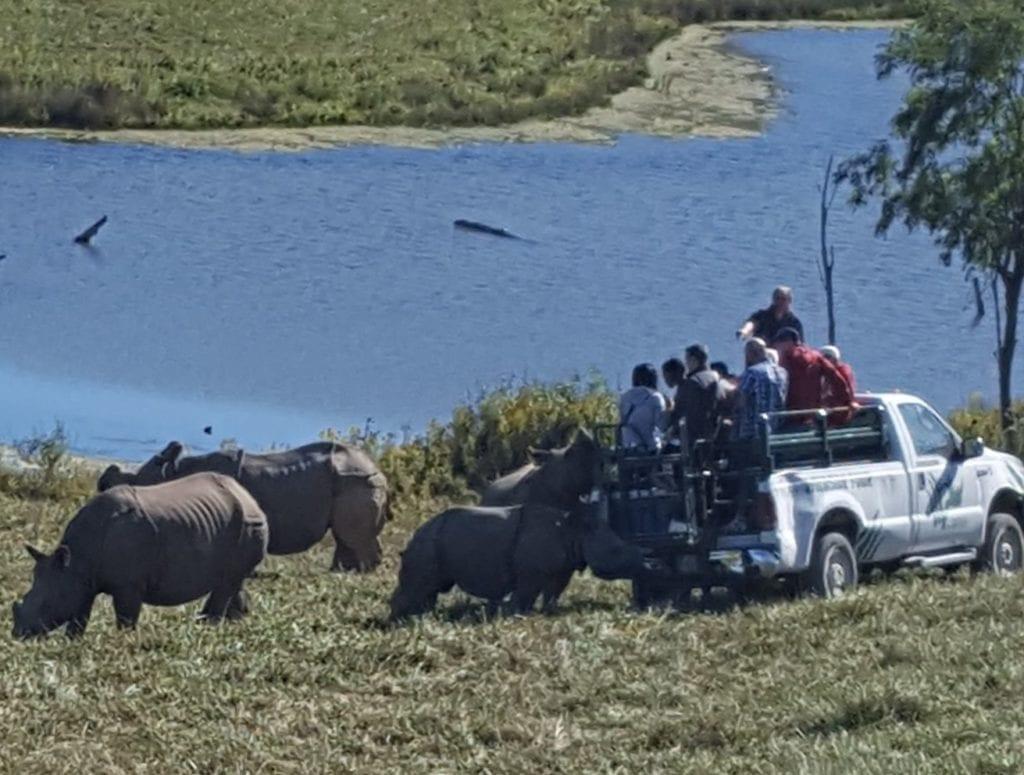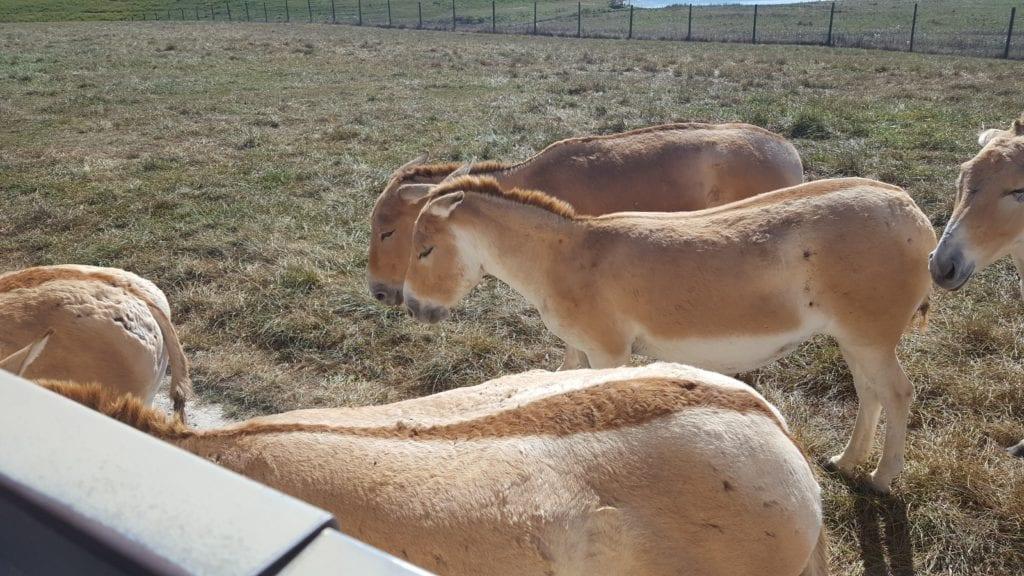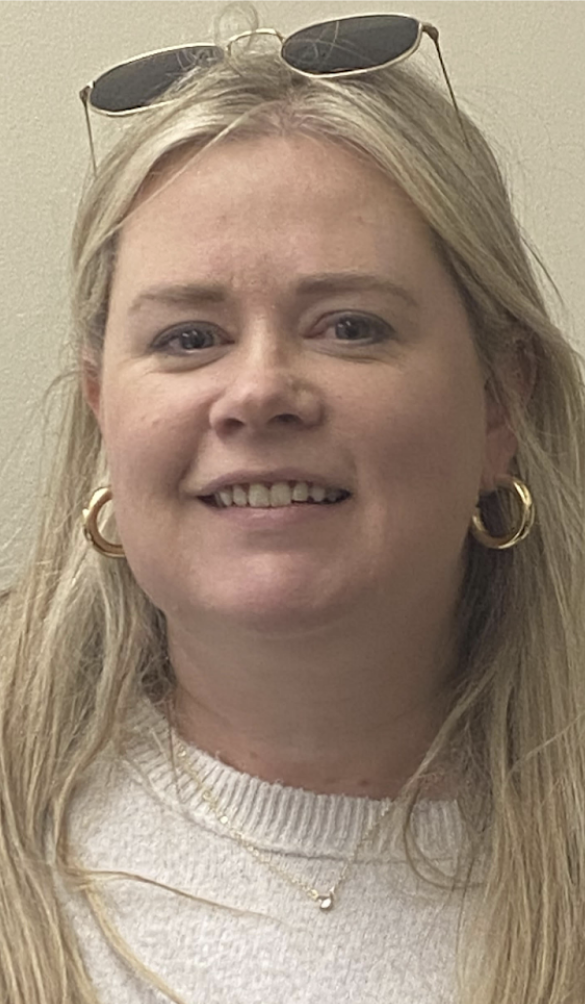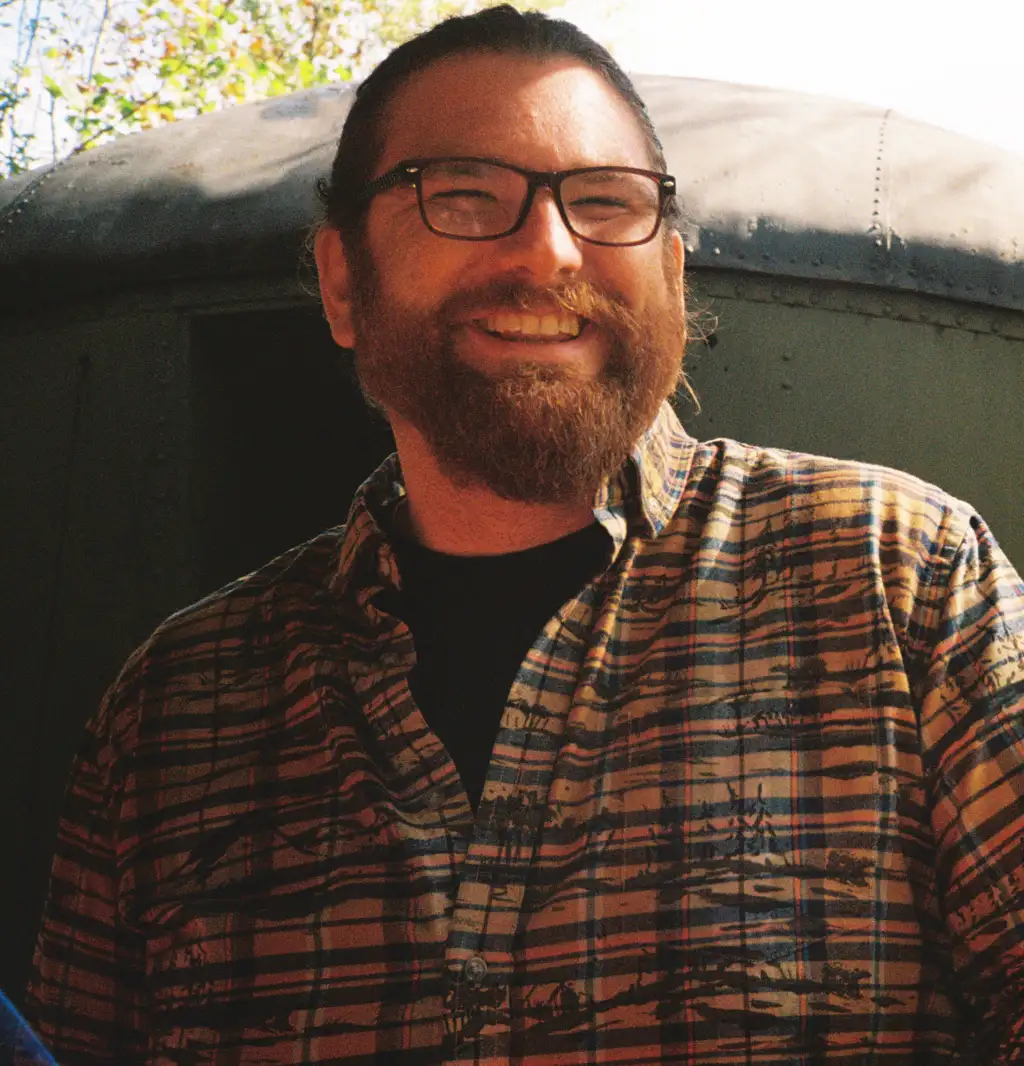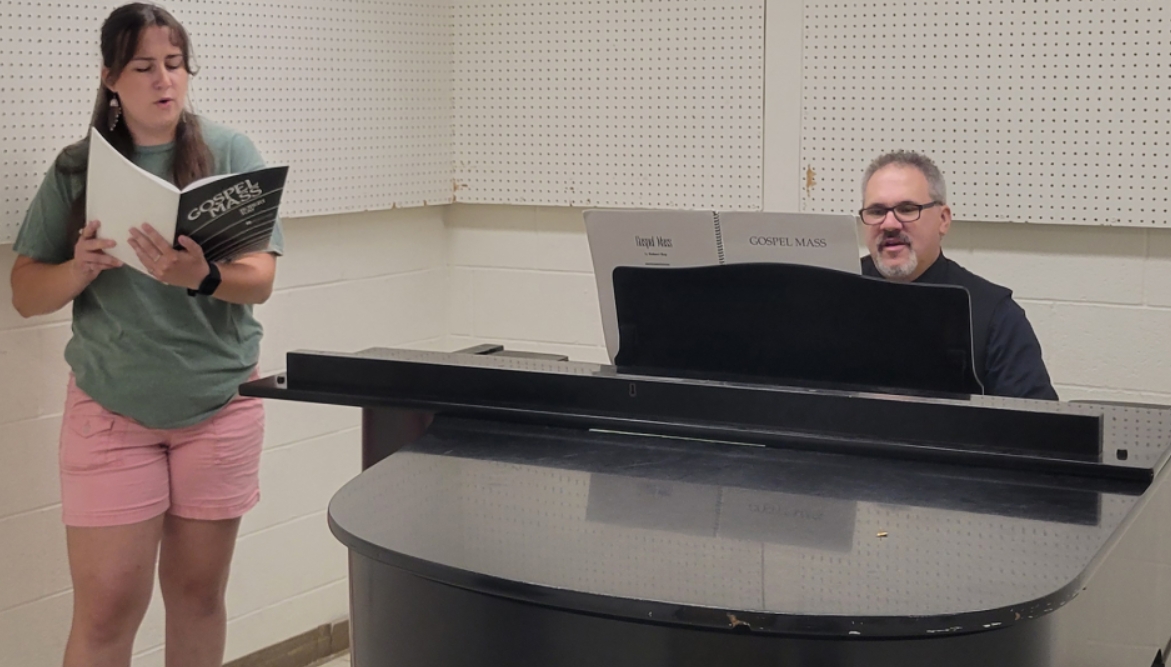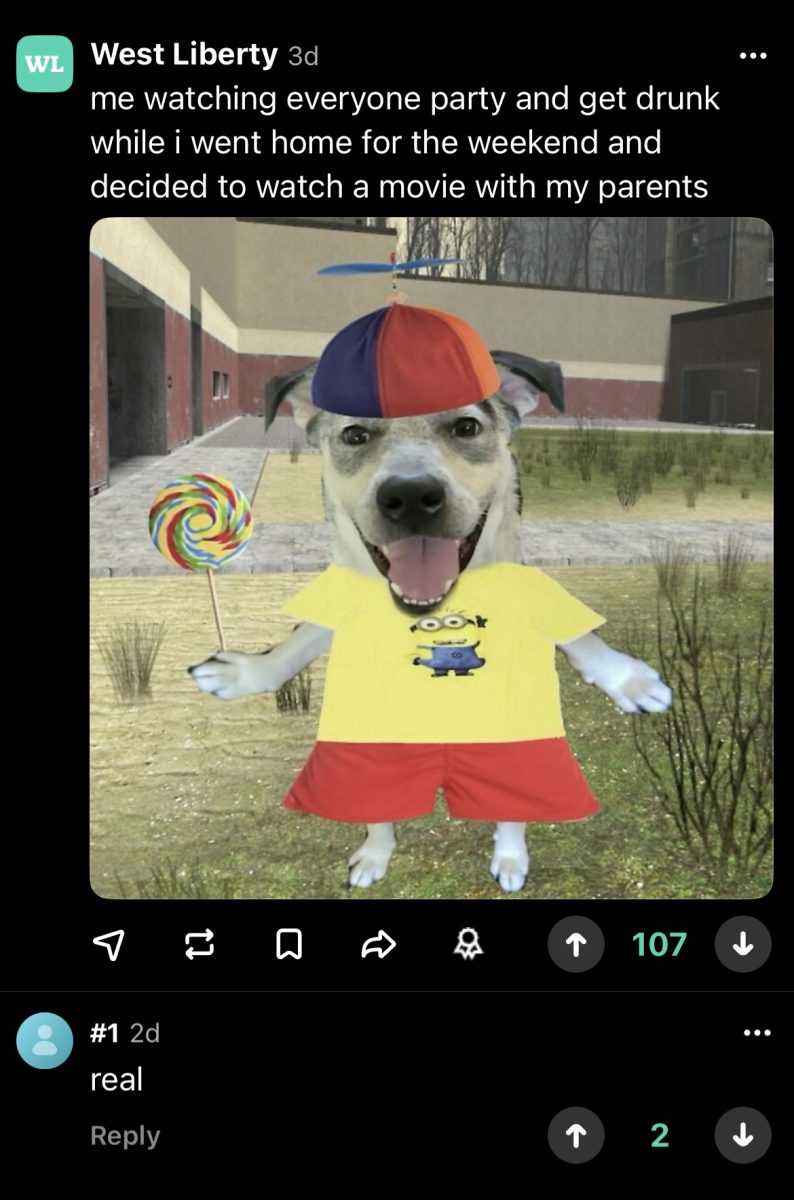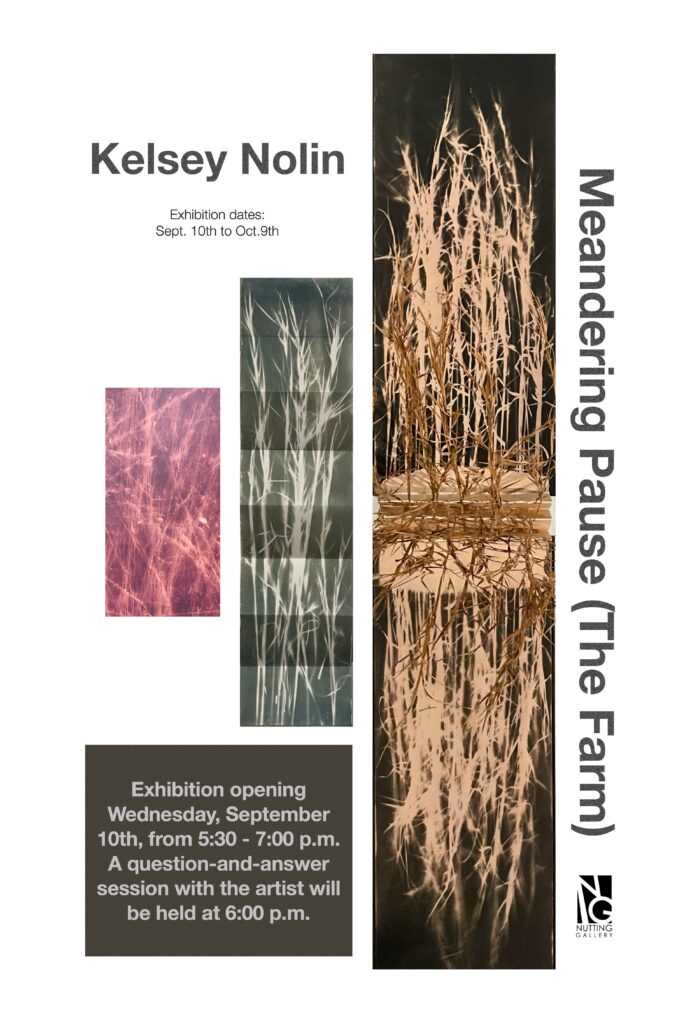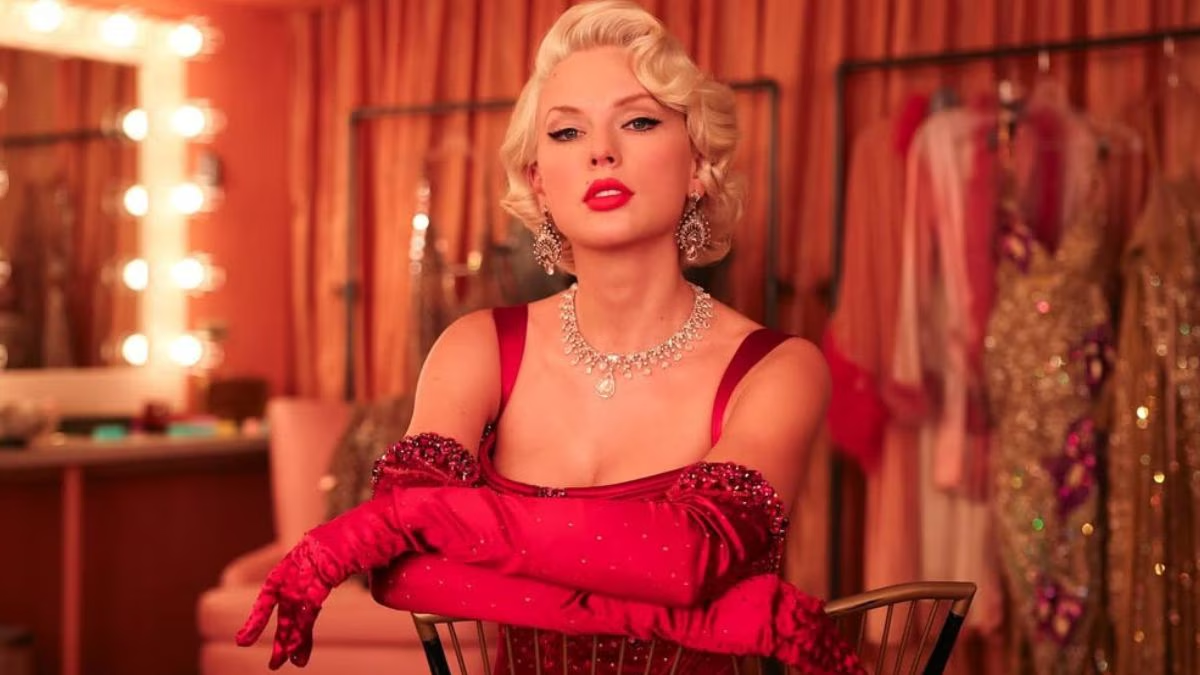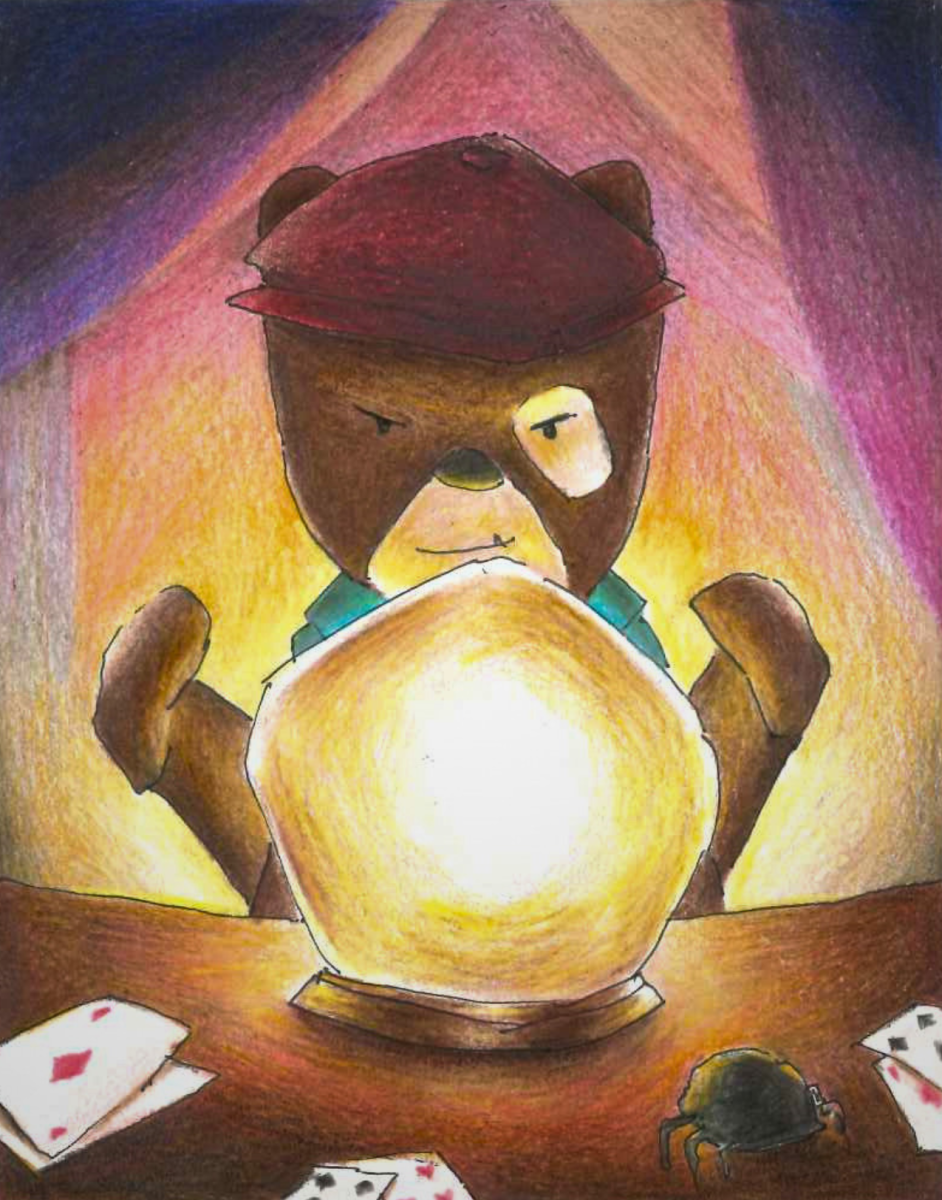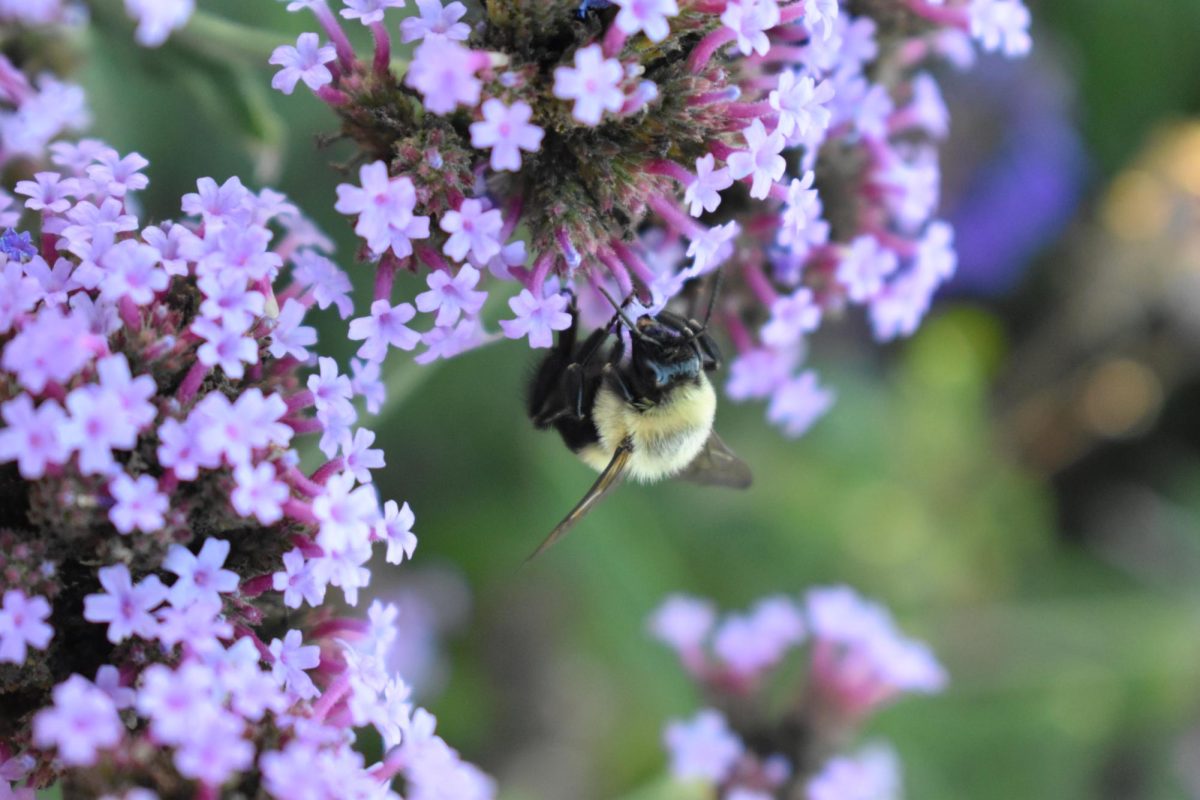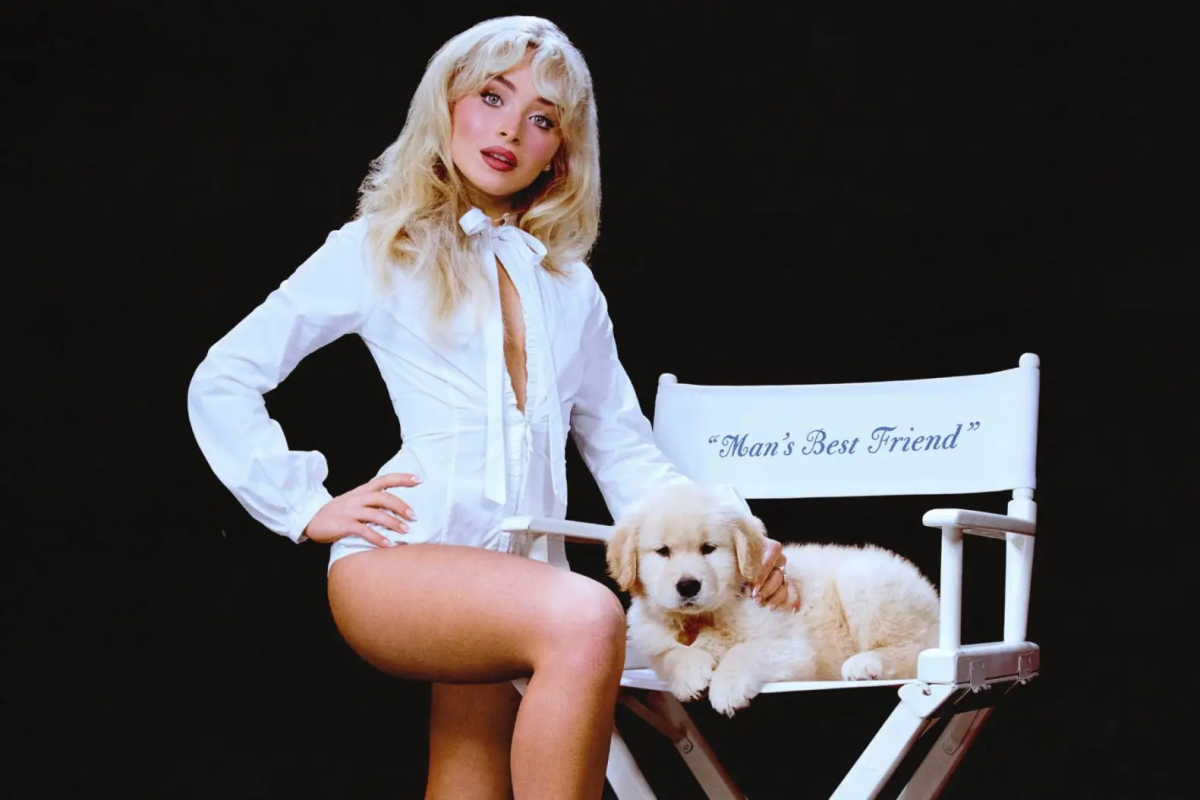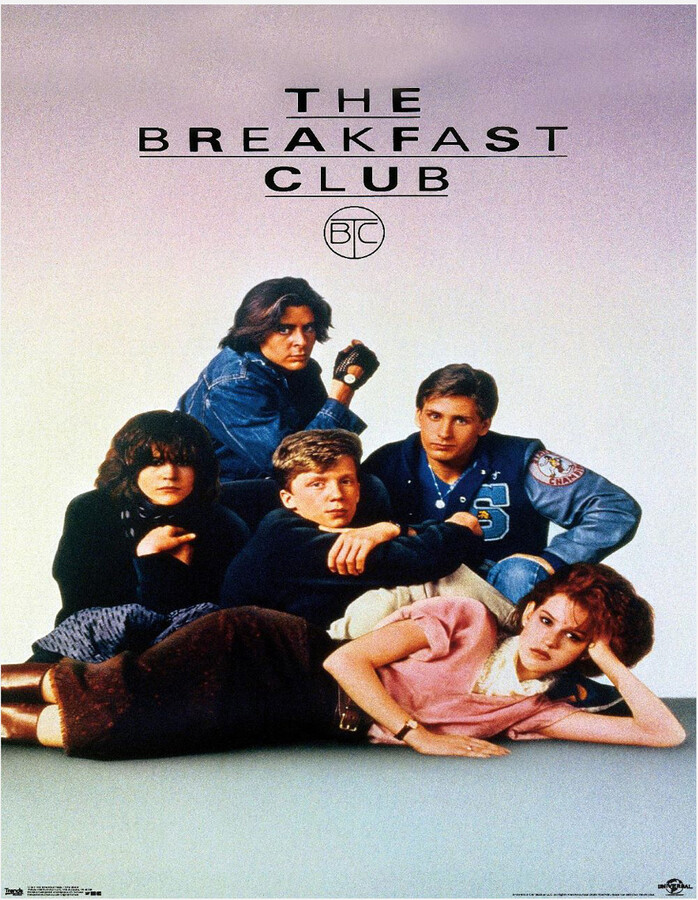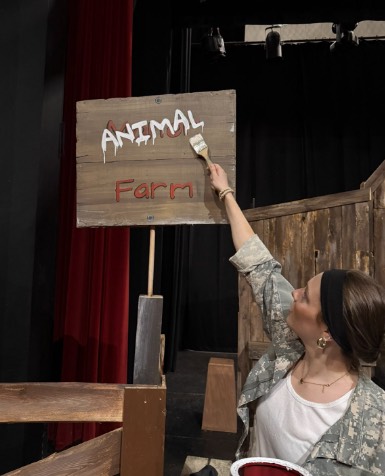Visiting zoos like The Good Zoo at Oglebay, Pittsburgh Zoo, and The Wilds is one of my favorite activities to do once the weather gets warmer, and it has been that way ever since I was a kid. Being able to see animals that I would never be able to see in the wild inspired me to learn more about them and appreciate the efforts being made to conserve them and their natural habitats. Zoos continue to provide entertainment for families, but outside of feeding times, guests normally don’t get to see what goes into the care of those animals in zoos and what goes on behind the scenes there.
The Wilds is a safari conservation park in Cumberland, Ohio. Nearly 10,000 acres are home to 700 rare and endangered animals as well as other activities like zip-lining. I stumbled upon the safari park while out driving around one afternoon, and it turned out to be a very memorable experience. After traversing the former strip mine in a bus with other park visitors and listening to the guide tells us about the animals and the conservation done to help them and their species, I was filled with the eagerness to learn more about how humans care for animals in zoos in general.
“[Zoos] are the gateway to conservation for most people,” said Dr. Zachary Loughman, Assistant Professor of Biology and Co-Director of West Liberty University’s Zoo Science program. Learning about the species through the tour guides or informational plaques located near the enclosures at the zoo introduces people to the plight of the species.
The Association of Zoos and Aquariums (AZA) “requires zoos to dedicate a certain amount of money to conservation efforts,” said Loughman. According to the AZA website, “fewer than 10% of the approximately 2,800 animal exhibitors licensed by the United States Department of Agriculture are AZA accredited.” In order to get accredited, zoos and aquariums must meet a rigorous standard set by the AZA. Local favorites like The Wilds and The Good Zoo are currently accredited.
“Funding for conservation work is not what you would think it would be,” said Loughman. The entertainment that zoos provide actually help them run smoothly as sales for tickets, food, and souvenirs goes toward the most important part: the care of the animals and research.
Part of what goes on behind the scenes is developing the diets for the animals that are in human care. Dr. Loughman points out that the diets are pretty close to what they would be in the wild. “In human care we have to make sure the animals get a balanced diet and are not gaining too much or too little weight,” he said. Animals that are human care are analyzed and their health reviewed regularly to insure that there is steady growth.
“I tell my students not to be fooled,” said Loughman, “animals in human care do behave differently than animals in the wild.” Often, the diets and enclosures of the animals have to be adapted to their new behaviors. Sometimes what zoo workers and biologists determine to be the ideal diet and enclosure doesn’t turn out that way.
At their face, zoos are pure entertainment in the form of seeing exotic animals live and in person, but behind the scenes there are dedicated scientists and others who work towards keeping the animals cared for, conservation efforts running, and making the experience an educational and fun trip for visitors. I have made memories at zoos and aquariums and will continue to do so, gaining knowledge about conservation and the different species as I go.
Photo Credit: Macy Santicola


